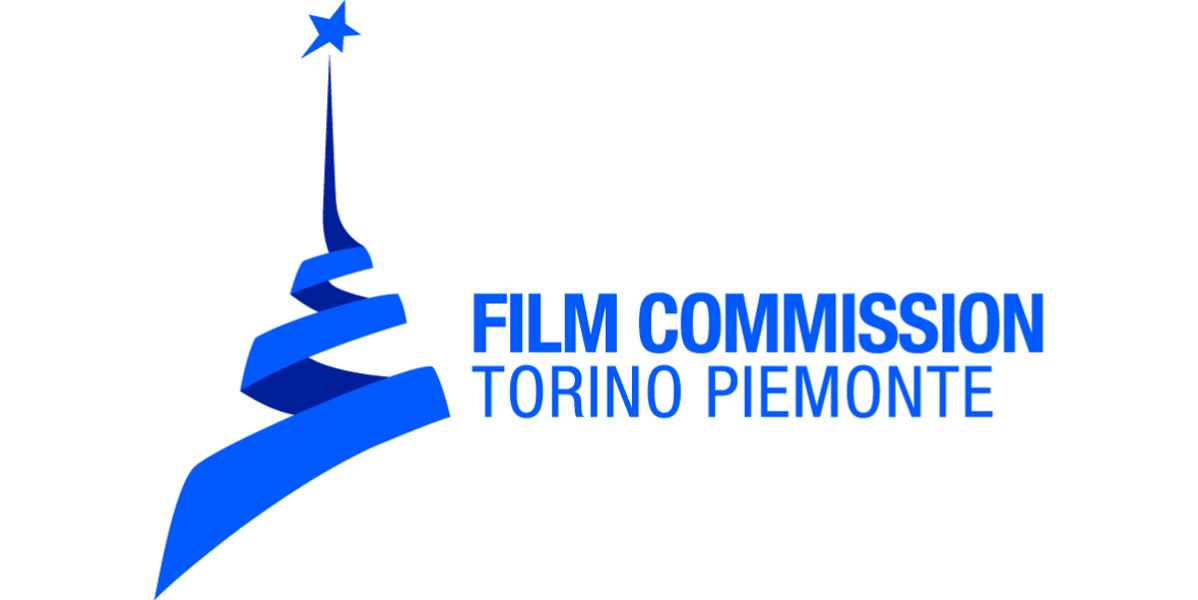Synopsis
Early ‘90s. In a northern Italian province, three young men decide to form a rock band. No, they are not going to do covers, thank you very much. They are going to write their own music, and it is going to be in Italian. The band starts sending dozens of demos all around Italy, playing at obscure village fairs and getting kicked out from music bars. They hear many no’s but they don’t give up, until one day they end up in the right place at the right moment, meeting a man who will change their story as well as the story of Italian rock music.
Those three young men will be known as Marlene Kuntz, and the result of that encounter is Catartica: the milestone of Italian indie-rock.
Twenty years after the release of Catartica, Marlene Kuntz bring on tour all the songs of that legendary album.
Data sheet
documentary / Italy / 72'
Director & DoP: Sebastiano Luca Insinga
Script: Sebastiano Luca Insinga, Vita Selin
Produced by: Luigi Pepe, Simone Cargnoni, Gianpaolo Smiraglia (Jump Cut); Franco Dipietro, Emanuela Barbano (Duel:)
Editing: Sabino Parise and Andrea Andreotti
Motion graphics: Enrico Varagnolo
Sound recordists: Francesco Pea, Elisa Piria
Sound design and mix: Philippe Gozlan
Live mix: Gianluca "Lox" Losi
Music: Marlene Kuntz
With the support of: Trentino Film Commission and Piemonte Doc Film Fund
The film has been successfully financed by a crowdfunding campaign hosted by Musicraiser.
Italian distribution: Feltrinelli Real Cinema and Wanted - info@justwanted.it
Website: www.complimentiperlafesta.it
Festival
- 56. Festival dei Popoli
- Sound Screen Film Festival 2016
- Ortigia Film Festival 2016
Trailer
Director's notes
“Marlene Kuntz were formed exactly twenty five years ago, and this year Catartica turns twenty. We’ve got to celebrate.” MK OK was born from this thought, which one summer afternoon I shared with Simone, the photographer and assistant director.
A few days later, Marlene Kuntz announced a 10-dates – soon to become 30 – tour to celebrate Catartica, their first album released in 1994. As soon as we got the news, Simone and I called Cristiano, the group’s leader, and told him about our plan: “Why don’t we make a movie out of it?” The band accepted, and soon enough, with a small crew, we were tiptoeing into the rehearsals in Cuneo, their hometown. A few months later, we were on tour.
The tour kicked off on October 4, 2015, at the Cage club in Livorno, a city in Tuscany. I was impressed by how they were still so excited to play live -- a band that had released 9 albums, played over 1500 gigs, and collaborated with several international artists (Skin, Patti Smith, Rob Ellis, and Nick Cave to name a few.) They had the same concerns of a band at its very first show – the same fear of making mistakes, the sametrepidation before going on stage, the same simple desire not to disappoint their fans. If the idea for this movie was born from a chronological consideration, its final structure originates from putting myself into the band’s shoes.
MK OK tells the story of three small-town boys with a single thought in their mind: making it in the music industry, fulfilling their dreams without any compromise, setting their own rules and doing only what they really believe in. It took them a great deal of stubbornness, commitment and perseverance, and today it is their story that is worth telling -- among thousands of other stories that were cut short because their protagonists gave up too soon.
Catartica’s celebratory tour gave me the occasion to draw a parallel between those three young men and those same men as they are today. MK OK unites two time periods, and Catartica’s songs, performed live, are the soundtrack that connects both; the visuals then bring them into one single space. Twenty years may seem like a long time, but by watching many shows from the very inside, I came to understand that the difference between those men back then and the same man today – now that they are accomplished musicians, celebrated artists, and fathers – is much smaller than I thought.
This is why I decided to use every strategy I could in order to make my point of view one that was as internal as possible. The way in which the camera is used and the sound recording both converged to this end.
The movie is entirely shot with a hand-held camera, in order to get the viewers as close as possible to the protagonists, making them breathe their breath and experience their actions in the same way as they do. The use of a 50 mm lens makes the perspective as close as possible to human vision. To increase this sense of direct involvement and participation to the live shows, all technicians had microphones on them, to capture the conversations that it is not usually possible to hear if one is in a concert’s crowd. In fact, those brief interactions between the singer and the sound technician, between the drummer and the backliner ultimately determine a show’s success. Through the combination of the camera’s point of view and the recordings of these dialogues, the audiovisual experience brings the viewer to perceive another, unexpected level. The movie’s sound design accentuates such immersive experience. MK OK makes it possible to experience a live concert in a truly unprecedented way.
The live shows constitute the core of the movie. The takes making up the concert’s final editing are taken from each and every concert of the tour. A single song in the movie can be made of different takes from Livorno, Rome, Palermo, and Reggio Emilia’s dates. In this way, the movie creates a concert that never existed -- a brand new show which is the sum of all of the tour’s shows.
Interviews are shot with the same approach. The camera angles and the different focal lenghts create a continuous dialogue between the interviewees, as if the different protagonists were talking to each other, gathered around the same table with the viewer.
Sebastiano Luca Insinga










